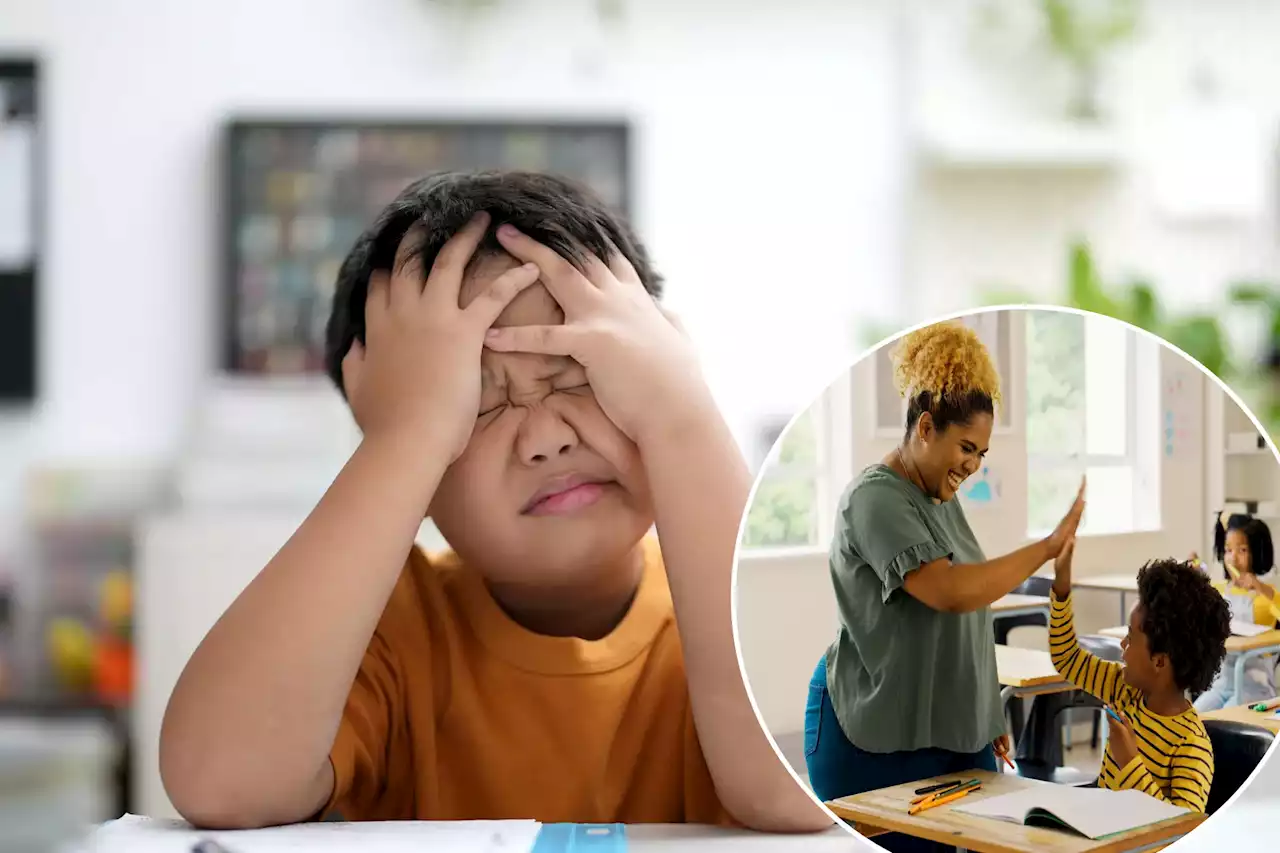They were the kids most disrupted by the pandemic, the ones who were still learning to write their names and tie their shoes when schools shut down in the spring of 2020.
They were the kids most disrupted by the pandemic, the ones who were still learning to write their names and tie their shoes when schools shut down in the spring of 2020.
Beyond third grade, fewer teachers each year know how to help students who are lacking key foundational reading skills, said Elizabeth Albro, an executive at the U.S. Department of Education’s independent research arm, the Institute of Education Sciences.Nationally, students suffered deep learning setbacks in reading and math during the pandemic.
“I do not believe it’s hopeless, but it’s not something that’s going to occur in, say, three years’ time,” Capone said. In Virginia, for instance, a law signed in March mandates extra help for struggling readers through eighth grade. It is one of the most aggressive efforts yet. Most English teachers at that level are no more prepared to teach a student to read than a math teacher would be, said Miah Daughtery, who advocates for effective literacy instruction for the NWEA research organization.“They’re prepared to teach text,” she said. “They’re prepared to teach literature, to analyze ideas, craft, story structure, make connections.”
Teachers are reporting it is taking more time to get through material, according to Tonya Perry, the vice president of the National Council of Teachers of English. Some school systems are turning to programs that break grade-level subject matter down into a variety of reading levels, so strong and weak readers can still learn the concepts, she said.
